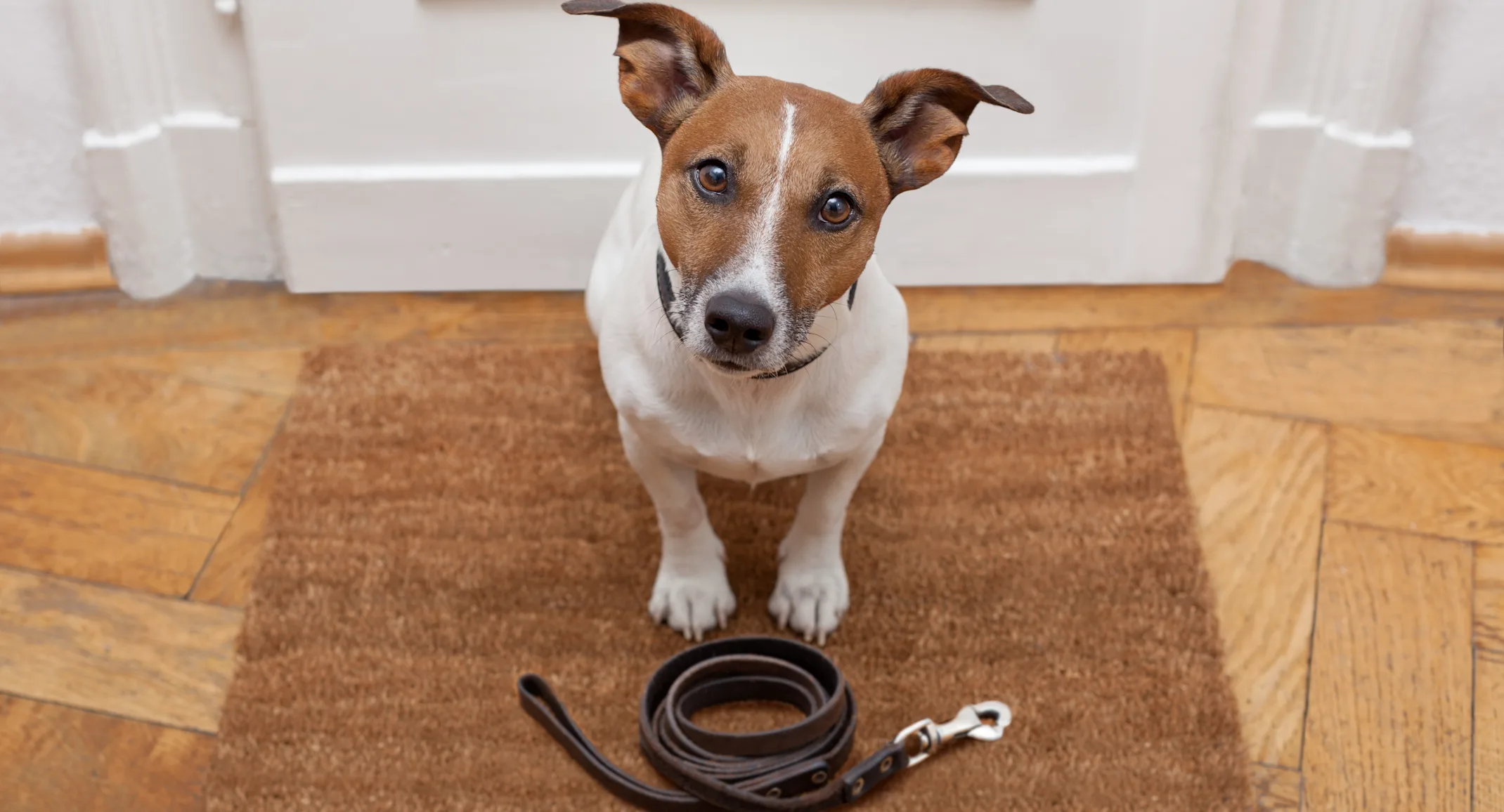How many times have you experienced destruction of furniture, toys, or even the yard via digging? You just don't understand why your dog acts out this way. You provide daily walks and even change up the toys he/she plays with.
Maybe we just haven't thought about the fact that dogs also have basic physical needs as well as behavioral and emotional needs. Your dog can easily get bored or even frustrated when there is not enough stimulation. However, your dog can become overreactive or stressed if they are too overstimulated. This means, you have to figure out what your dog needs for mental stimulation. The type breed your dog is can help you to decipher what stimulation is best for your dog. Remember that more exercise does not mean it will fulfill the void for mental stimulation.
In last month's house training blog, we discussed the need for a schedule and consistency. This will help as we incorporate ways to keep you dog busy. Use the list below to help determine what may work best for your dog:
1. Basic toys — balls, stuffed and squeaky toys, rope toys
2. Chew and food toys — inedible toys such as Nylabone, food-stuffed toys such as Kong, treat dispensing toys
3. Homemade toys — cardboard, paper, flexible plastic containers
4. Food games — hunt for toys or treats (your dog doesn't necessarily eat out of a dish, but looks for dry food in his/her crate, toy box, or even hide treats in the yard: this is not a good exercise for dogs that guard their food from other pets and/or people)
5. Training — basic obedience, trick training — go to bed, put away your toys
6. Fetch games — try variations such as different locations, with obstacles (over and under). If your dog will not give the object have 2 toys to exchange out
7. Hide-and-seek games — hide treats for your dog to find or even hide people
8. Exploration exercise — take a hike and allow your dog to safely explore, go in the woods, to a lake
9. Social engagement — Dog play dates and even doggy daycare
Things to consider with the above list: ensure that toys are safe and nothing can be swallowed and become lodged in your dog. If a toy starts to get torn, throw it away. Supervision will help ensure that toys do not result in a veterinary visit.
Let's know think about characteristics of your dog and what type of mental stimulation may work best for he/she:
1. For the dog that chews, shreds and steals items — food toys and puzzle toys can be useful
2. For the dog that digs — designate a sand box are for him/her, then hide toys and treats in the sand box (if your dog eats the sand, this may not be the best game)
3. For the dog that sniffs everything and urine marks all different areas — go for a walk and let him/her choose the direction for slow, relaxed walk. Letting him/her investigate the area can be beneficial in allowing him/her to unwind
4. For the dog that likes to retrieve and chase things — fetch — be creative with what your dog fetches you are not limited just to balls. Think about Frisbee or Kong on a rope, items that bounce weird, and different shapes
5. For the dog that loves water — take them swimming — include fetch in the water
6. For the social dog — play dates at the dog park or friends home
Things to consider with the above list: when exploring outdoors and in lakes and ponds, watch for snakes. If you dog is bitten by a snake it is an immediate medical emergency.
This information should help you to determine a good mental stimulation plan that will provide the needed reward for your dog. Think outside the box, and take your dog on new adventures. Of course, ensure that your dog is up for the adventure by referring to the socialization blog. We never want to put our dogs in a stressful situation that can cause anxiety instead of fun. The sky is the limit when it comes to fun exercise and mental stimulation for your dog.
Happy Training!
Alison Patrolia, C.V.T.

